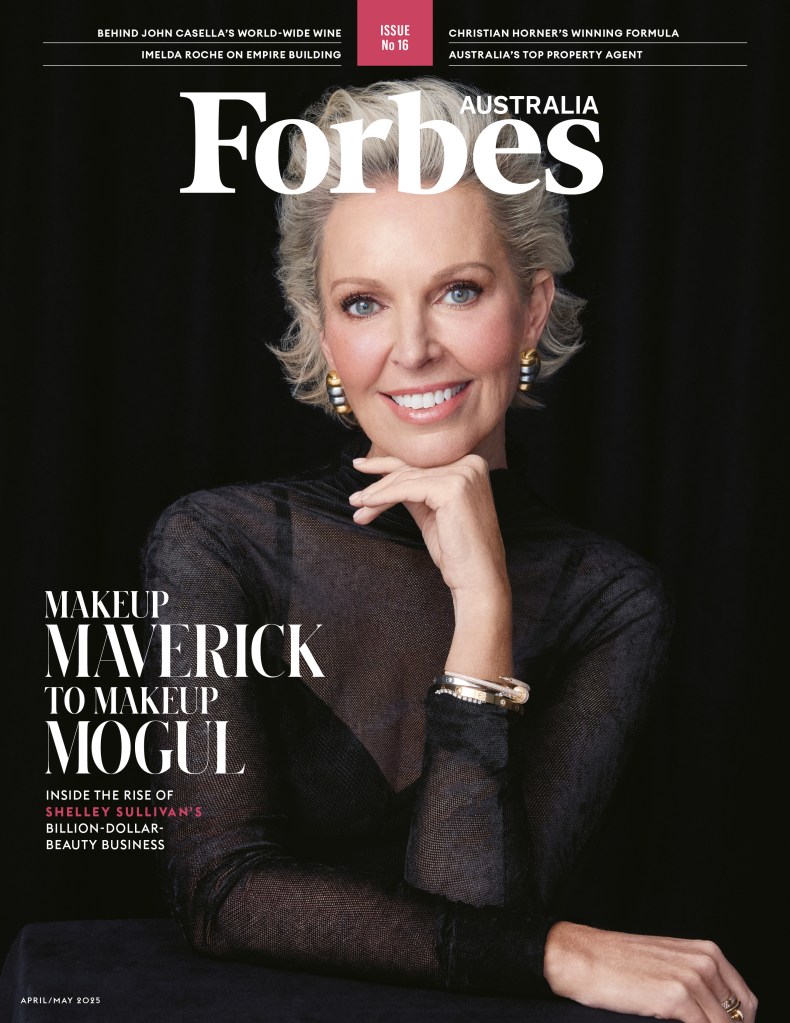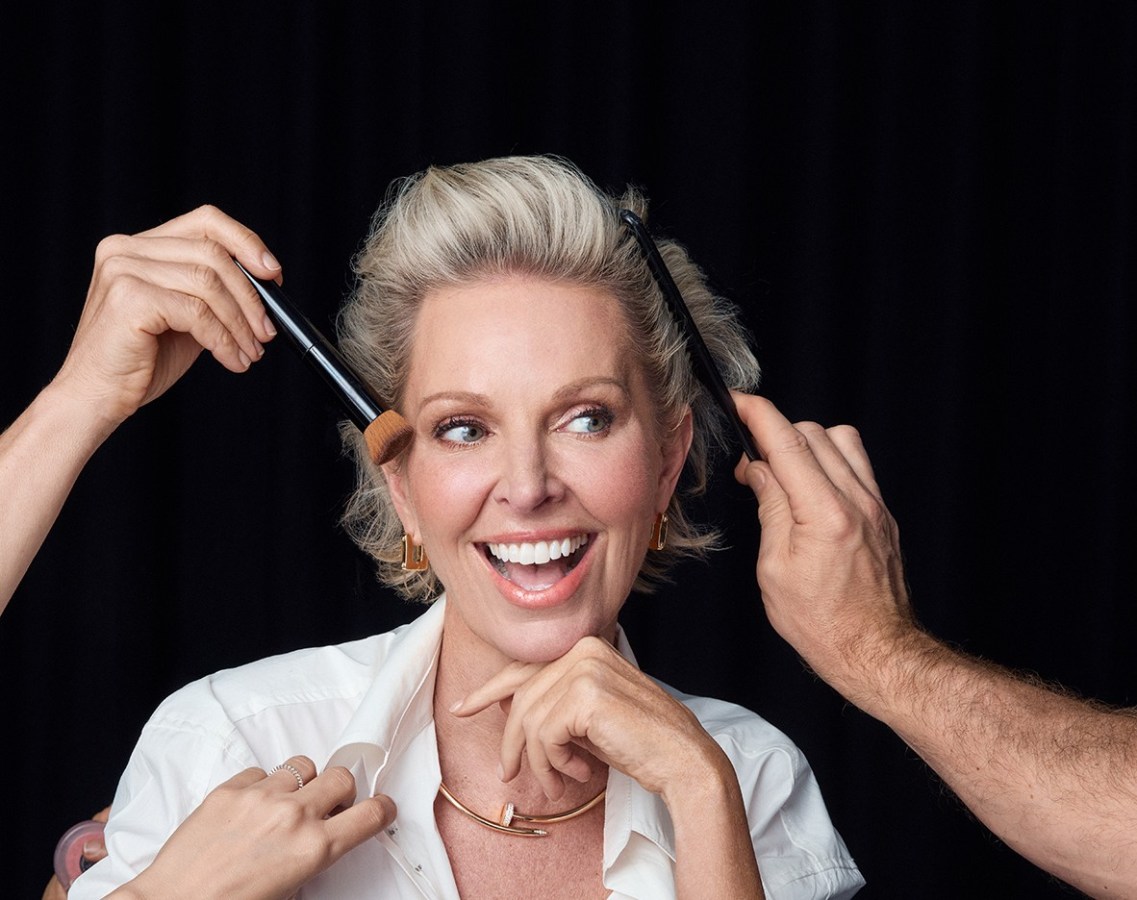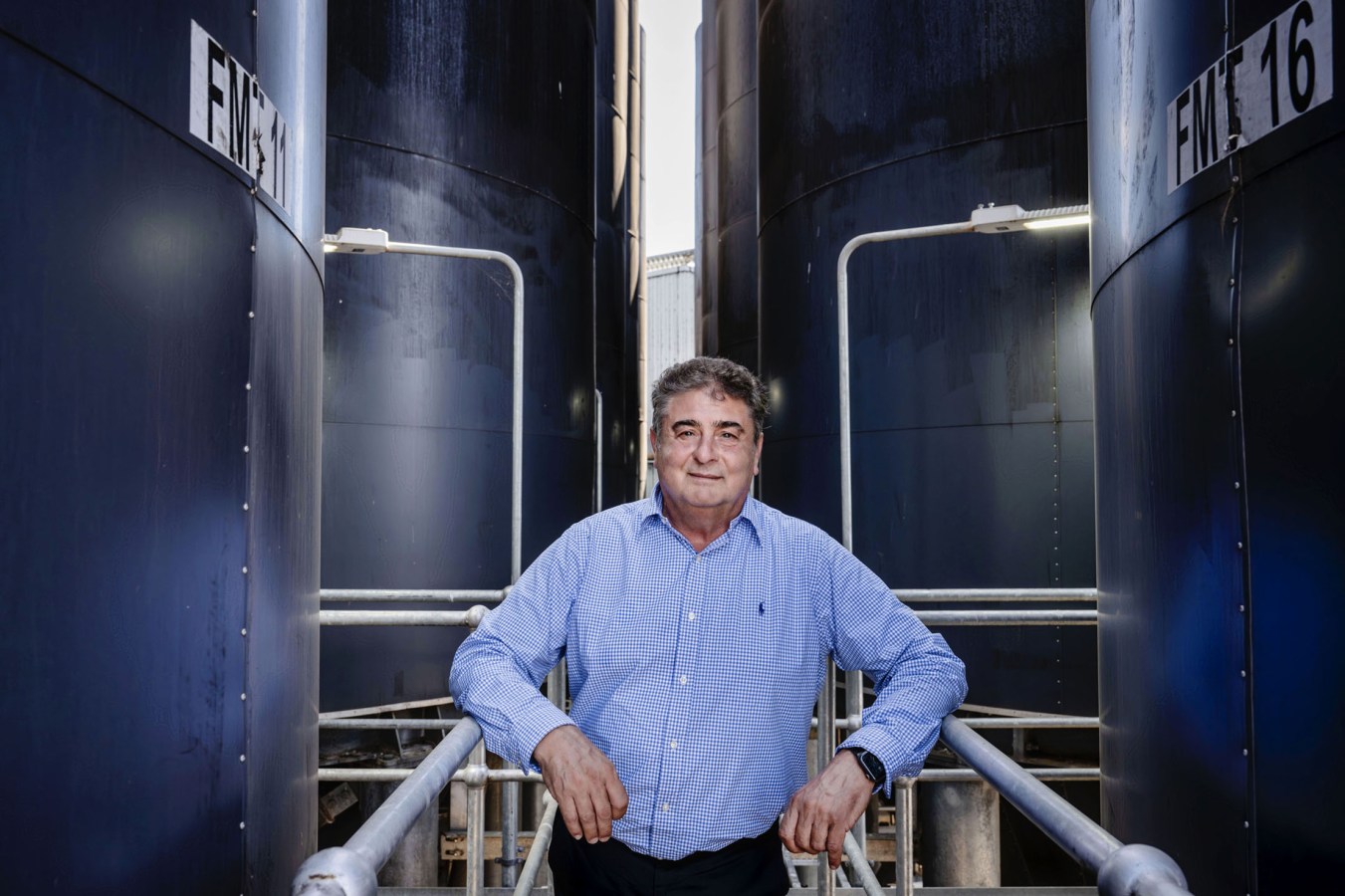I was out with friends the other night when I mentioned I must go home and write this editorial note for the magazine. “Get AI to write it,” someone said.
This story was featured in Issue 16 of Forbes Australia. Tap here to secure your copy.

Not an uncommon suggestion these days, given more and more of what we read – on Linkedin commentary, in emails, in news articles – is clearly scripted by AI. You can often tell.
Technically, I could simply feed all the stories in this issue into a trained GPT and get it to generate a nice thought-provoking 500-word note in my voice. A few tweaks and bingo – job done.
So, I thought to myself – what could AI not know? What could it never pull from these pages, or from online or from the experience of creating this issue.
And it led me to think: a well prompted AI can apply process and sense, but it lacks some crucial senses; it can’t feel, and it can’t smell.
AI couldn’t smell the freshly baked crumpets in Imelda Roche’s Double Bay penthouse as the Forbes team gathered for her photoshoot and interview on her 60-year journey building Nutrimetics. It couldn’t describe the warm and welcoming feeling of the apartment, the watermelon and grapes, the walls covered in history. The bookshelves stacked with books, the many framed photos of her family and her late husband Bill, the cards and pictures of her 13 grandchildren scattered around the balcony-wrapped living room.
It couldn’t capture the way she guided us through the treasures of her walk-in wardrobe, showing us the many designer outfits she hasn’t worn in 20 years. And it certainly wouldn’t have captured the way she described, with absolute precision, how to make the perfect crumpet. And AI would not feel the warm hug she gave us as we were leaving.
The energy in Lunar Studios at the cover shoot of Shelley Sullivan isn’t something AI could really convey; the hum of creativity, the snap of Steven Chee’s camera, and how our creative director Huw Reynolds scanned every shot with razor-sharp focus and the nodding smile when he sees the shot he wants.
It couldn’t have felt the intensity of Shelley herself – the energy and drive that radiates from her as she changed outfits at lightning speed, playing with ideas and pushing for perfection. AI can tell you that she built a billion-dollar beauty empire, but it couldn’t have felt the cheekiness and drive that really shows how she did it.
And AI wouldn’t have captured Mark Whittaker’s wild tea tour of Taiwan; felt the thigh-burning climb up a mountain or the pure rush of bombing back down. Nor could it have smelt the sharp waft of tofu or the taste of dumplings on a roadside stall.
In Good Will Hunting, there’s a moment where Robin Williams’ character tells Will that he might have read all the books about the Sistine Chapel, but he’s never stood there and smelled the paint.
That’s the difference. AI can do a lot, but it can’t smell the crumpets. It can’t see the way Shelley’s face lights up when she talks about her next big idea. It can’t hear the shift in an investor’s voice when they share their biggest failure.
And that’s why we’ll keep telling stories. The real way. The human way.
I hope you enjoy the issue and as always, reach out any time: sarah.ocarroll@forbes.com.au.
Look back on the week that was with hand-picked articles from Australia and around the world. Sign up to the Forbes Australia newsletter here or become a member here.


